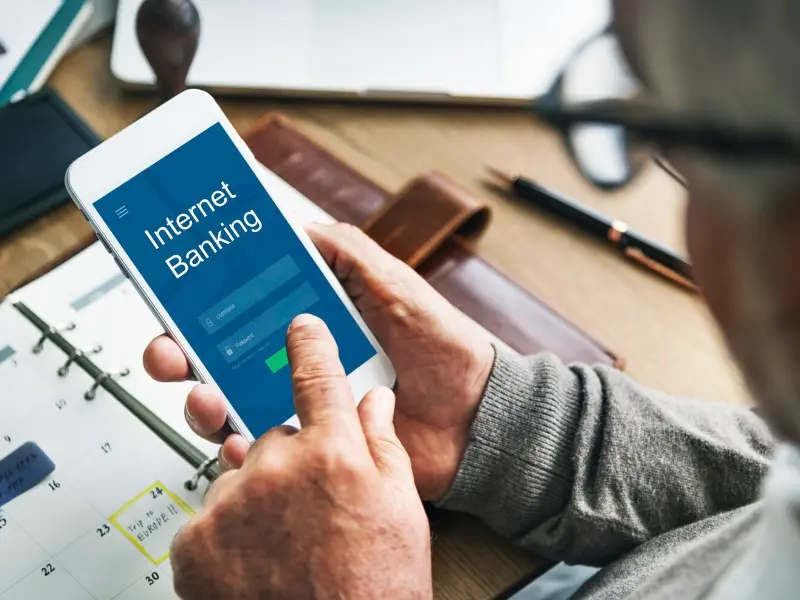- Banking systems implement multi-factor authentication by verifying users’ identities through additional steps.
- Government platforms like the IRS require users to go through multi-factor authentication when accessing sensitive taxpayer information.
- Professional software solutions use multi-factor authentication to prevent unauthorised usage or piracy, typically requiring users to authenticate with credentials and a secondary factor like a hardware dongle.
Multi-factor authentication (MFA) has become an essential tool for safeguarding digital identities and sensitive information. MFA adds an extra layer of protection beyond the traditional username and password combination, making it significantly harder for hackers to gain unauthorised access. There are some real-world examples of multi-factor authentication and how they enhance security across different domains.
Banking systems
When accessing your online banking portal, you’re typically required to enter your username and password. However, banking systems often employ multi-factor authentication without explicitly stating it. For instance, if you attempt to log in from a new device or location, the system may prompt you to verify your identity through additional means, such as sending a one-time code to your registered mobile number.
This process involves login credentials (what you know), device identification (what you have), and mobile number verification (another layer of what you have).
Also read: UK launches first IoT security law
Government platforms
Government agencies like the Internal Revenue Service (IRS) implement multi-factor authentication to secure sensitive taxpayer information. When accessing tax documents online, users must provide their username and password, followed by additional verification steps such as entering a code sent to their registered email address or answering a predefined security question.
This authentication process encompasses username/password combination (what you know), email/phone verification (what you have), and security question response (knowledge-based authentication).
Software solutions
Professional software solutions, especially those catering to design or engineering industries, often rely on multi-factor authentication to prevent unauthorised usage or piracy. In such systems, users typically authenticate using their credentials, followed by a secondary factor such as a hardware dongle or token.
This authentication mechanism includes username/password authentication (what you know), device recognition (what you have), and hardware dongle authentication (another layer of what you have).
Also read: Binarly secures $10.5m to bolster software supply chain security efforts
Financial transactions
Automated Teller Machines (ATMs) employ multi-factor authentication to ensure secure cash withdrawals. While the primary factors are the debit card and PIN, modern ATMs may also capture the user’s facial biometrics for future verification.
This authentication process involves debit card insertion (what you have), PIN entry (what you know), and optional biometric authentication (another layer of what you are).
Online shopping
E-commerce platforms employ multi-factor authentication to protect users’ payment credentials during online transactions. When making a purchase, customers are required to provide their credit card details along with the card’s verification code and expiry date.
Each piece of information serves as an additional authentication factor, comprising credit card number (what you have), verification code (another layer of what you have), and expiry date confirmation (supplementary information).

